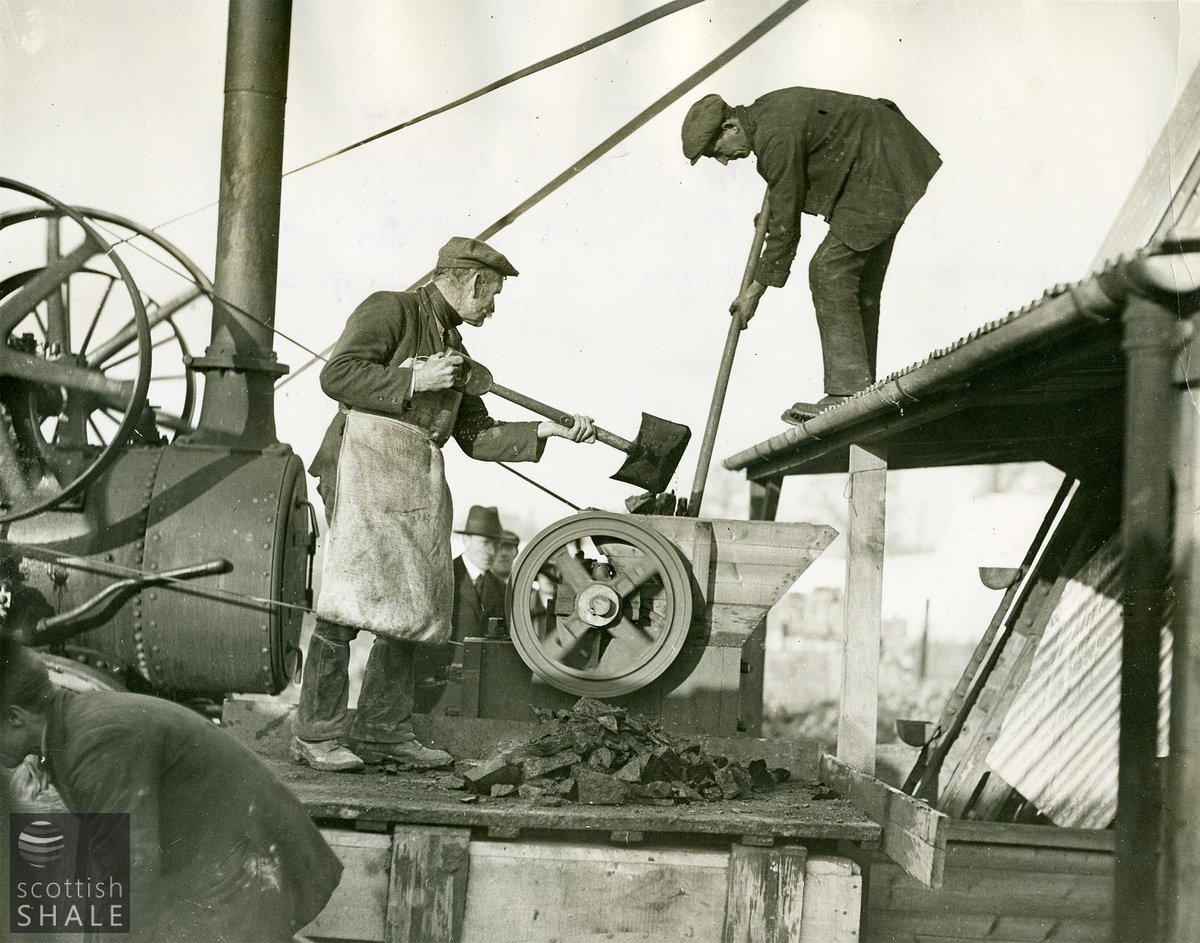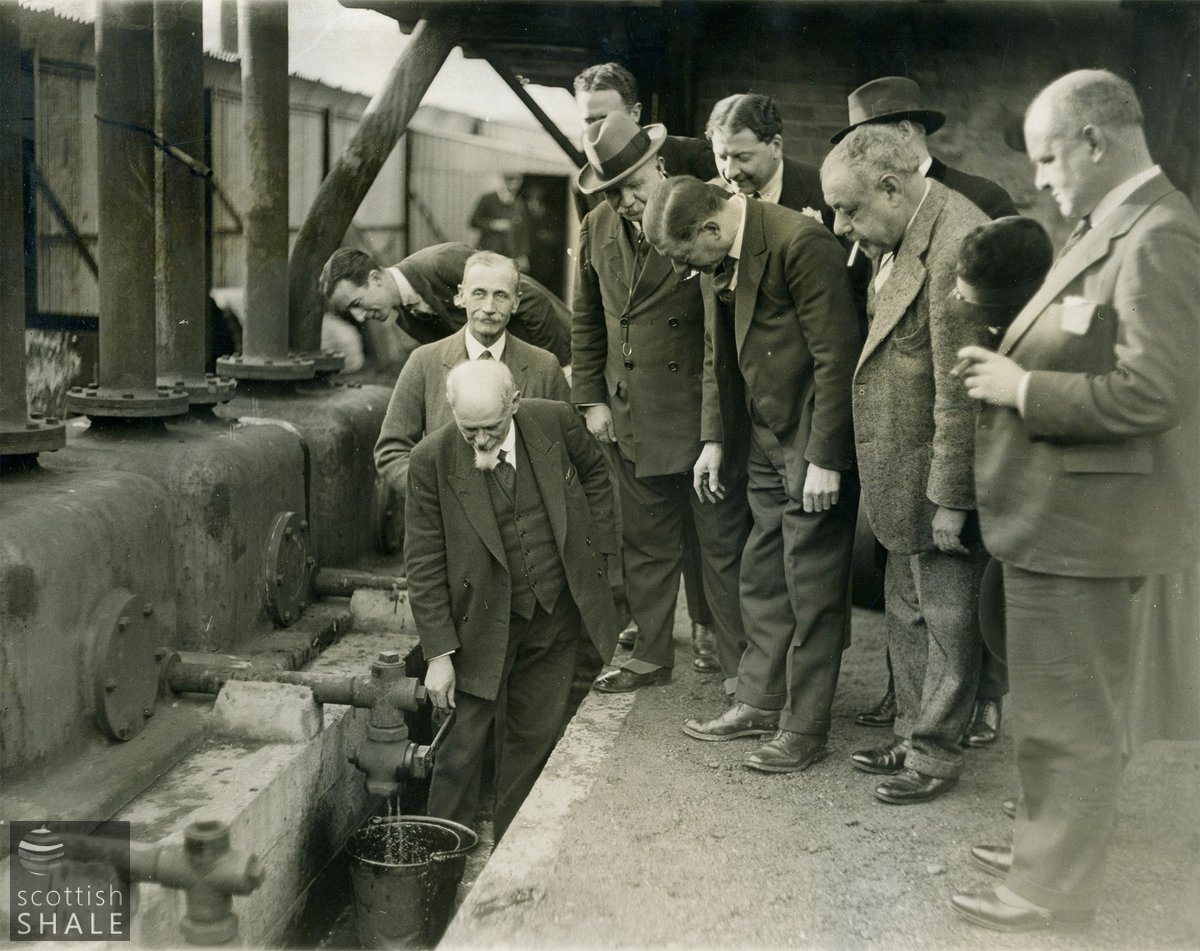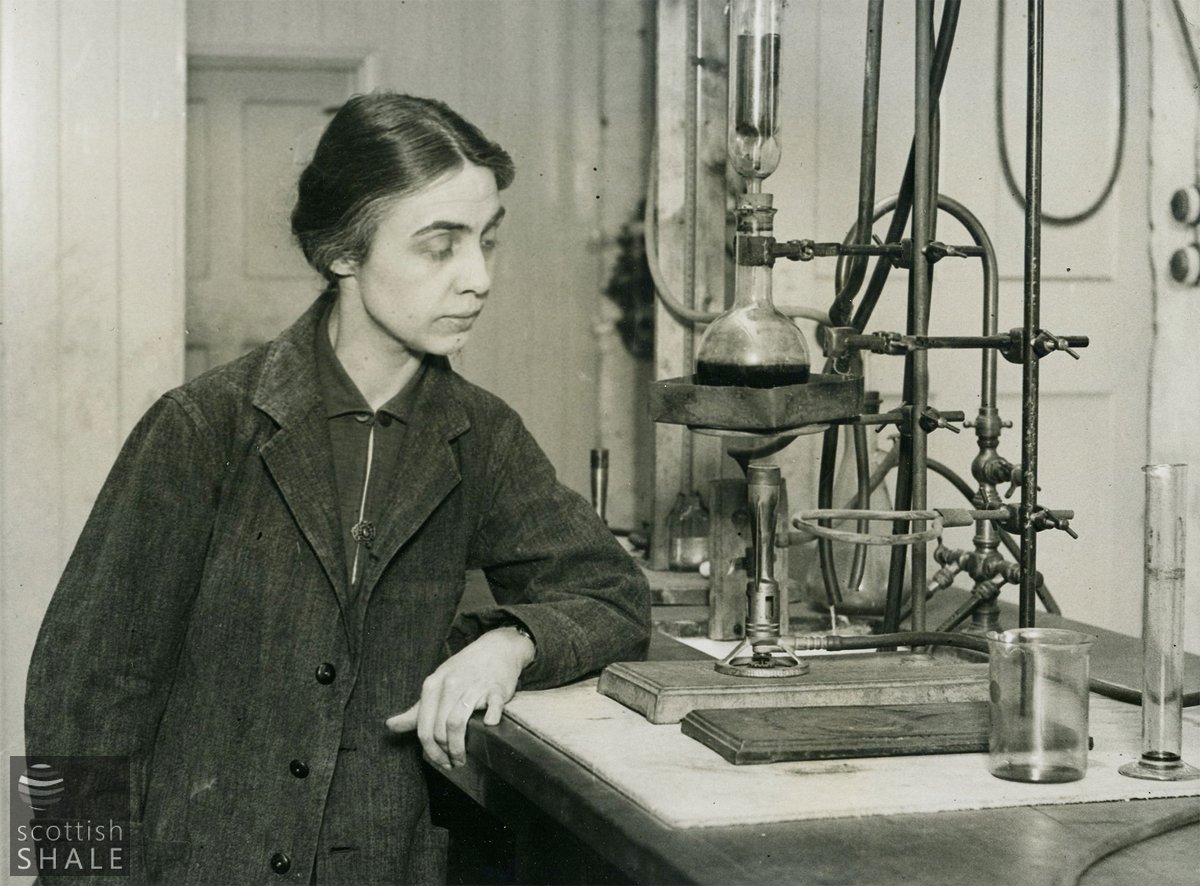From a Bolshevik prison to a field on Slough
Coal Carbonisation experiements in the 1920's
.

From a perilous perch on a corrugated roof, coal is prodded into a breaker, powered by belts from a portable engine. A belt conveyor then lifts the coal - presumably to the top of the retort. See full record LVSAV2021.021

The business end of the process, with warm oil being collected in a bucket; the ideal place to light up a cigarette or enjoy a fine cigar. See full record LVSAV2021.022

Another Daily Mirror picture, but from a rival carbonisation enterprise, appeared on the front page in April 1927. Under the headline "Woman shares invention secret" Miss Rudeen, of the Freeman Multiple Retort Process was pictured in the laboratory where she had "assisted in perfection of the process". It was reported that she frequently remained beside the retorts for sixteen hours at a stretch. Not bad for a girl. See full record LVSAV2021.023
G21001; first published 22-01-21
Low temperature carbonisation was all the rage in the late 1920’s. Many were tempted to invest in optimistic business enterprises that promised great returns on the sale of oils and smokeless fuels manufactured from worthless colliery waste. This clever technology promised employment to thousands in coalfield areas, while removing Britain’s dependence on oil resources “from outside the empire”.
The Rational Carbonisation Syndicate was such a scheme, set up to exploit the discoveries of Dr. Paul Dvorkovitz; credited by some as the “king of petroleum technology”. It was said that the Russian oil expert was a man of wealth and international standing prior to the revolution, but was thrown into prison by the Bolsheviks for his support of the British. After a year in prison “fed only bread mixed with straw” he was taken to Moscow gas works and ordered to conduct research on behalf of the Soviets. The popular story continues that he evaded his captors and escaped to Britain where he devoted the rest of his life to perfecting his low temperature carbonisation process.
The Rational Carbonisation Syndicate set up an experimental station at Slough, and in May 1929 invited colliery owners, the press, and potential investors to a grand demonstration of the new Dvorkovitz method of oil production. A couple of brilliant press photographs in our collection record this event and the rather Heath Robinson equipment that was used. Although high yields of oil were claimed, this was no doubt due to feeding the makeshift retort with good quality cannel coal rather than colliery waste. In essence, the process differed little from that patented by James Young almost 80 years previously.
The following decades saw a proliferation of smokeless fuel plants, many of which also produced benzole as a road fuel additive. Little more was heard however of the Rational Carbonisation Syndicate